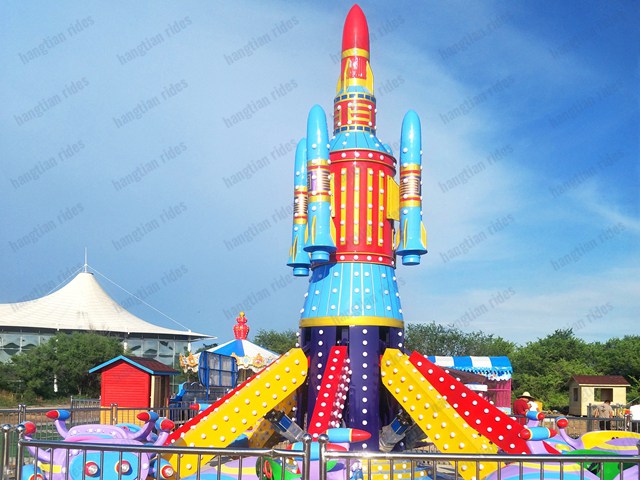International Safety Standards for Amusement Rides for Sale
When purchasing
amusement rides, adhering to established safety standards is paramount to ensure the protection of users and compliance with regulatory requirements. These standards cover various aspects of design, manufacturing, inspection, and operation, providing a framework for manufacturers and buyers worldwide.
Key International Standards
- ASTM F1159-15: This standard focuses on the design of amusement rides and devices outside the scope of other F24 design standards. It includes provisions for customer-oriented facilities such as go-karts, bumper cars, and climbing walls, addressing design and manufacturing practices.
- BS EN 13814-1:2019: Part of a series, this British Standard specifies requirements for the safety of amusement rides and devices, with a particular emphasis on design and manufacturing processes.
- BS ISO 17842-3:2015: This International Standard outlines requirements for inspection during the design, manufacture, operation, and use of amusement rides, ensuring ongoing safety throughout the lifecycle of the equipment.
Scope of Standards Coverage
Amusement ride standards typically encompass a wide range of equipment, including
mechanical rides, water-based attractions, and interactive play structures. They address factors such as structural integrity, mechanical components, electrical systems, and user restraint systems. While these standards provide comprehensive guidelines, it is important to note that they may not cover all potential safety issues, and additional precautions may be necessary based on specific ride characteristics and operating environments.
Importance for Buyers and Manufacturers
For manufacturers, compliance with these standards is essential to access global markets and demonstrate a commitment to safety. Buyers should verify that the amusement rides they purchase meet the relevant standards applicable in their region, as this helps mitigate risks and ensures the rides are suitable for their intended use. Adherence to standards also facilitates regulatory approval and reduces liability concerns for both parties involved in the sale and operation of amusement rides.
Conclusion
Understanding and adhering to international safety standards is crucial when dealing with
amusement rides for sale. Standards such as ASTM F1159-15, BS EN 13814-1:2019, and BS ISO 17842-3:2015 provide essential guidelines for ensuring the safety and quality of these attractions. By prioritizing compliance, manufacturers and buyers can contribute to a safer and more enjoyable amusement experience for users around the world.
